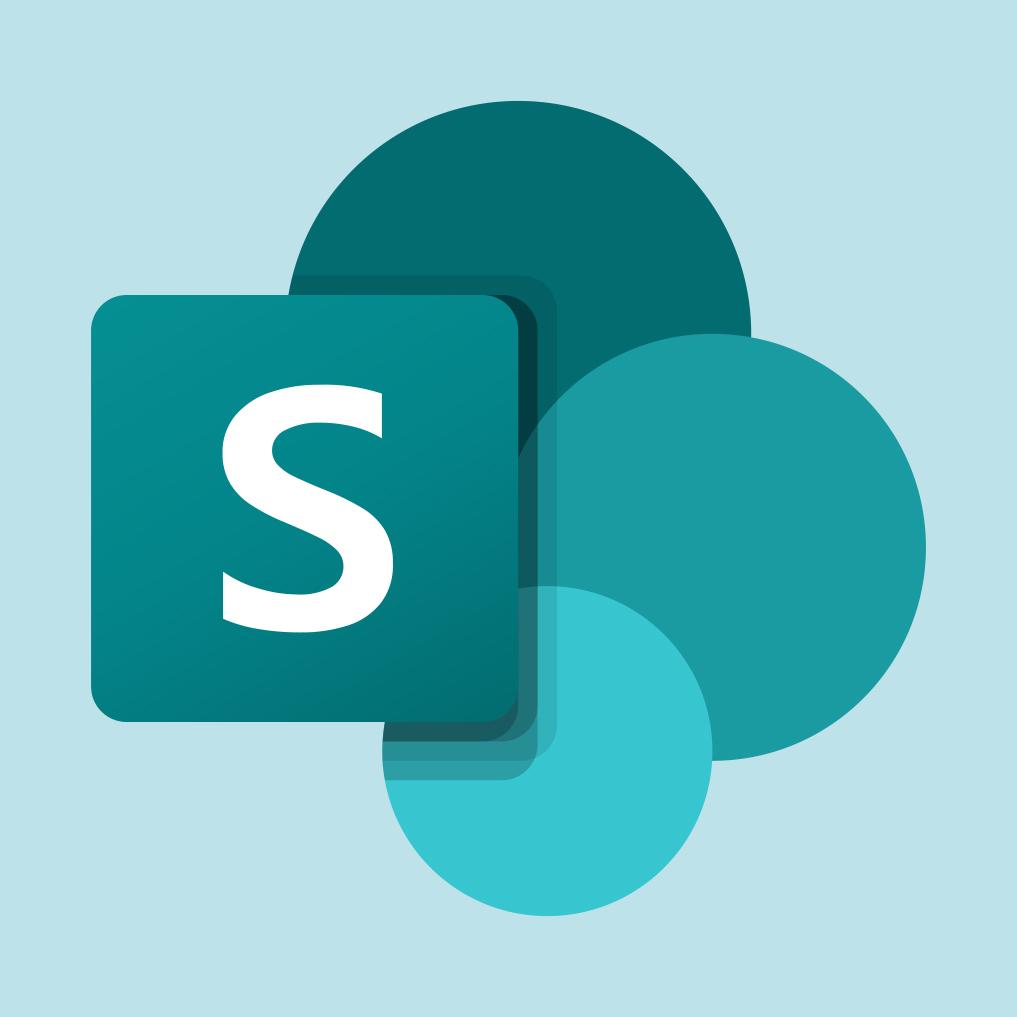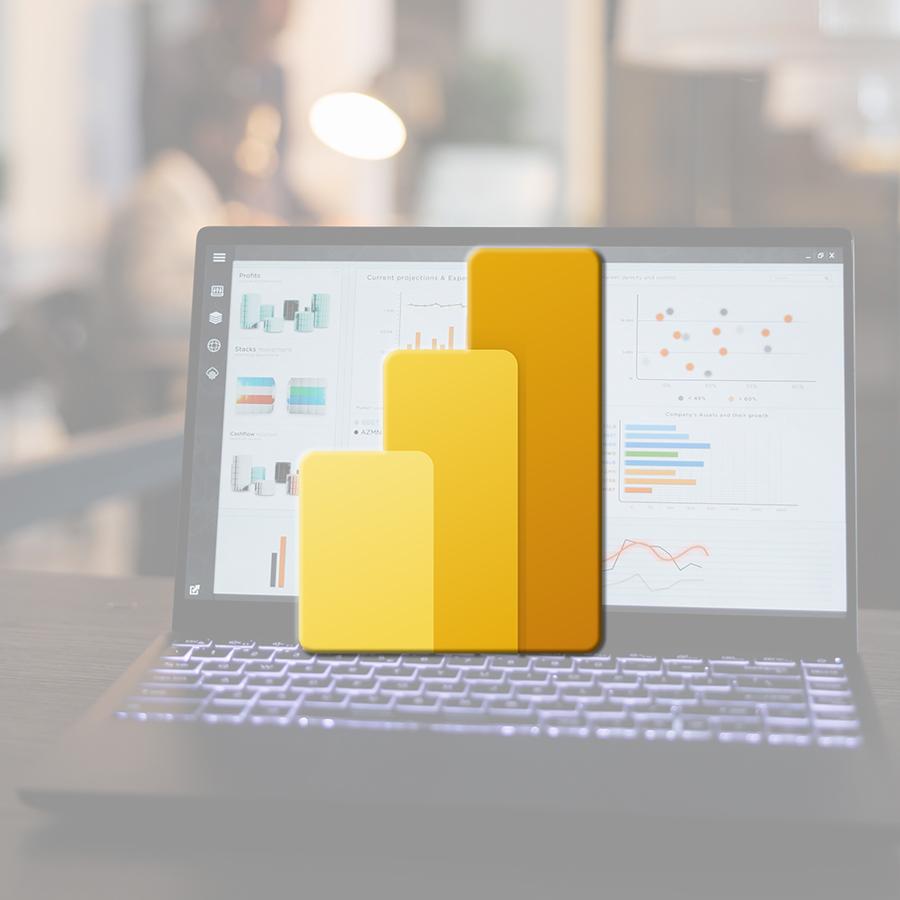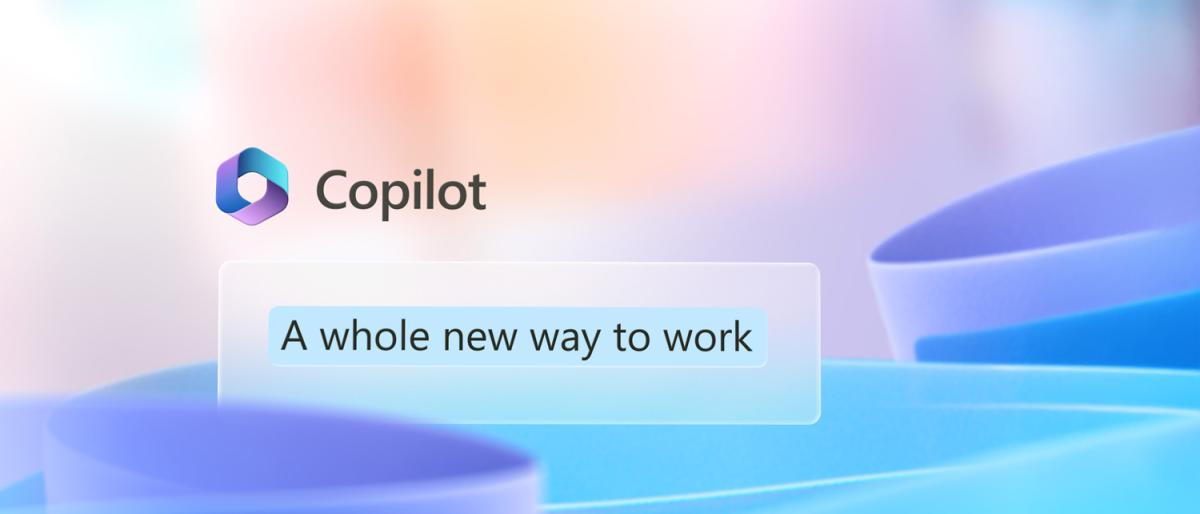Despite the apparent modernity of the interface and application, the core of its use remains unchanged: document management, information management (in the form of lists) and, for some users, intranet-style use to share information across the organisation on a large scale via pages. Above all, SharePoint remains a collaborative space.
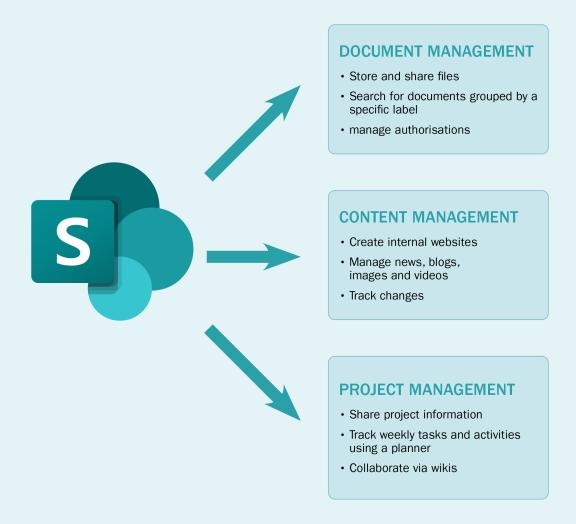
The programme:
SharePoint is a web application that, since its integration with Microsoft 365, has become SharePoint Online and has undergone a major transformation to deliver a compelling, flexible, mobile-friendly and user-centric modern experience. It is the backbone of the M365 environment.
Some of the old features that were at the heart of the application have gradually become standalone applications.
This is particularly true of Lists (although SharePoint Lists still exist), Tasks, which are gradually being replaced by Planner or Project for the web (or certain tracking lists), and Workflows, which can now be managed from Power Automate.
Finally, the most visible aspect is the appearance of Teams, which has grown considerably thanks to the COVID crisis, replacing SharePoint conversations and announcements.
Communication pages
This environment allows you to create beautiful, eye-catching pages full of useful information. They're easy to customise in every way, so your employees can easily adopt them and quickly share important information.
What's more, with this modern experience, your pages adapt to display on any type of device, making the user experience even more enjoyable and dynamic. You can easily edit and publish pages with new content in the modern experience.
A variety of web parts, the building blocks of modern pages, are available to help you create pages that meet your needs.
You can share articles, company news, links, quick access to important libraries or applications, etc.
Collaboration sites
These are typically sites that allow you to manage documents and information using lists. You can create document libraries and lists of items.
Document management remains the same as before, but with a redesigned interface that makes browsing, organising and searching more intuitive.
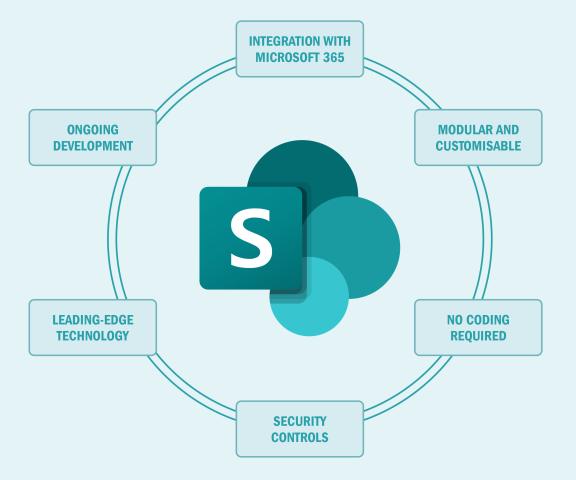
Features such as document version tracking, check-in/check-out, the ability to restore previous versions and the ability to set alerts for users still exist.
These features are still familiar to SharePoint users and are close to what was available in previous versions.
The most striking difference is the use of metadata, which now plays a major role in organising information and documents.
This means that you can customise any document library (or list) so that you can use this customised information to create views and benefit from different (especially filtered) displays.
You can also create new columns of information in an even easier and more intuitive way.
You'll also be able to take advantage of new formatting options, including conditional formatting.
SharePoint's integration with other Microsoft 365 applications - such as Teams, OneDrive and Outlook - is completely seamless, making it even easier to integrate your SharePoint pages, libraries or lists with your Teams channels, for example.
With the old workflows now executed by Power Automate, you can also automate a whole range of actions, such as an approval loop when adding a new document to a library, posting a message in your Teams chat channel to let people know that changes have been made to an important document, or sending an Outlook notification to a user you've just assigned a task to.
You can set up all of these processes with just a few clicks, without writing a single line of code and without the need for a specialist to configure your automated workflows. What's more, because SharePoint is at the heart of Microsoft 365, regular product updates will make your user experience increasingly convenient and tailored to your needs.
Security and sharing
Finally, as security issues become more and more of a daily concern for our organisations, the management of permissions to the different content stored in your SharePoint spaces has remained virtually unchanged between the classic versions of SharePoint and the modern experience of SharePoint Online.You'll also be able to take advantage of M365 user groups (which can be managed from the admin platform) and the structure of SharePoint sites, which are still based on inherited permissions (which can be customised and modified to meet your access rights requirements).
You can also take advantage of M365 user groups (which can be managed from the admin platform) and the SharePoint site structure, which is still based on inherited permissions (which can be customised and modified to meet access rights requirements).
In short, the modern SharePoint experience enables organisations to create dynamic, collaborative and efficient digital workspaces. Whether you're a seasoned SharePoint user or just starting out, exploring the modern features will undoubtedly improve your productivity and user satisfaction, and remember, the journey to modernity begins with a single click: explore the possibilities of SharePoint today!
Resources to get you started:
(1) Ikimi, O. (2023, August 18). What is SharePoint and what is it for (2023 Update) CiraHub. What is SharePoint).
(2) Zelfond, G. (2022, Nov. 1). What is SharePoint, and what is it used for? SharePoint Maven. What is SharePoint, and what is it used for? SharePoint Maven.
(3) Unknown, 2024. Get Started with SharePoint. Microsoft Support. Get started with SharePoint - Microsoft Support.
(4) Saetgareeva, S. (2023). What is SharePoint and why use it? Ultimate Guide for End Users. Origami. What is SharePoint and why use it? A Guide for End Users - Origami (origamiconnect.com).
(5) Enterprise DNA Experts (2023, Sept. 11). How to Use SharePoint Online: The Ultimate Beginners Guide. Enterprise DNA blog. How to Use SharePoint Online: The Ultimate Beginners Guide | Master Data Skills + AI (enterprisedna.co).
Maybe
you'll like…

 FR
FR EN
EN